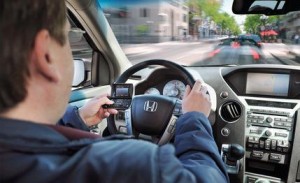This week I would like to take a look at a couple of technological and social systems that use Apps and are designed to improve urban living in cities. If you have ever asked yourself how technology can improve our lives then the following might be of interest to you.
The first thing I would like to look at is called Citizens Connect, a system that operates in Boston in the USA (where I currently live). According to the website “Citizens Connect enables real-time collaboration with citizens, “deputizing” mobile users to become the city’s eyes and ears. Citizens report potholes, graffiti, and other issues from anywhere in the city using their mobile phone”
And this is how it works, and it is a simple system if you have a reasonably good mobile phone. While walking or driving through the city you see something that you feel should be reported to the City Council, an abandoned car, vomit on the pavement, water gushing from a hole in the road, cat stuck up a tree, that kind of thing. You take a photo of it, upload it on the City of Boston website, they show it on a public map and (hopefully) send somebody out to fix the problem.
I personally believe that a person is much more likely to report something if they can take a photo and send it off in real time than if they have to go home, look up a phone number and make a call. Could this be a fist step in making the citizen and the state more communicative and more responsible?
The City of Boston also offers another App called Street Bump. This is even simpler to use, you download it into your phone and it monitors your movement as you drive round the city. When you near a hole in the road you slow down, as does everyone else passing that spot, and this information is used to determine the quality of the road surface.
If you think your local council should try such a scheme, you can direct them towards Click Fix, a commercial system that is currently on sale and operated by several cities and other organizations. This is not a recommendation however, but their work does look very interesting.
Next week I will continue this theme with a look at an interesting university course all about “Urban Cybernetics” that is run at Harvard University. Some of the projects may offer great things for the future.


